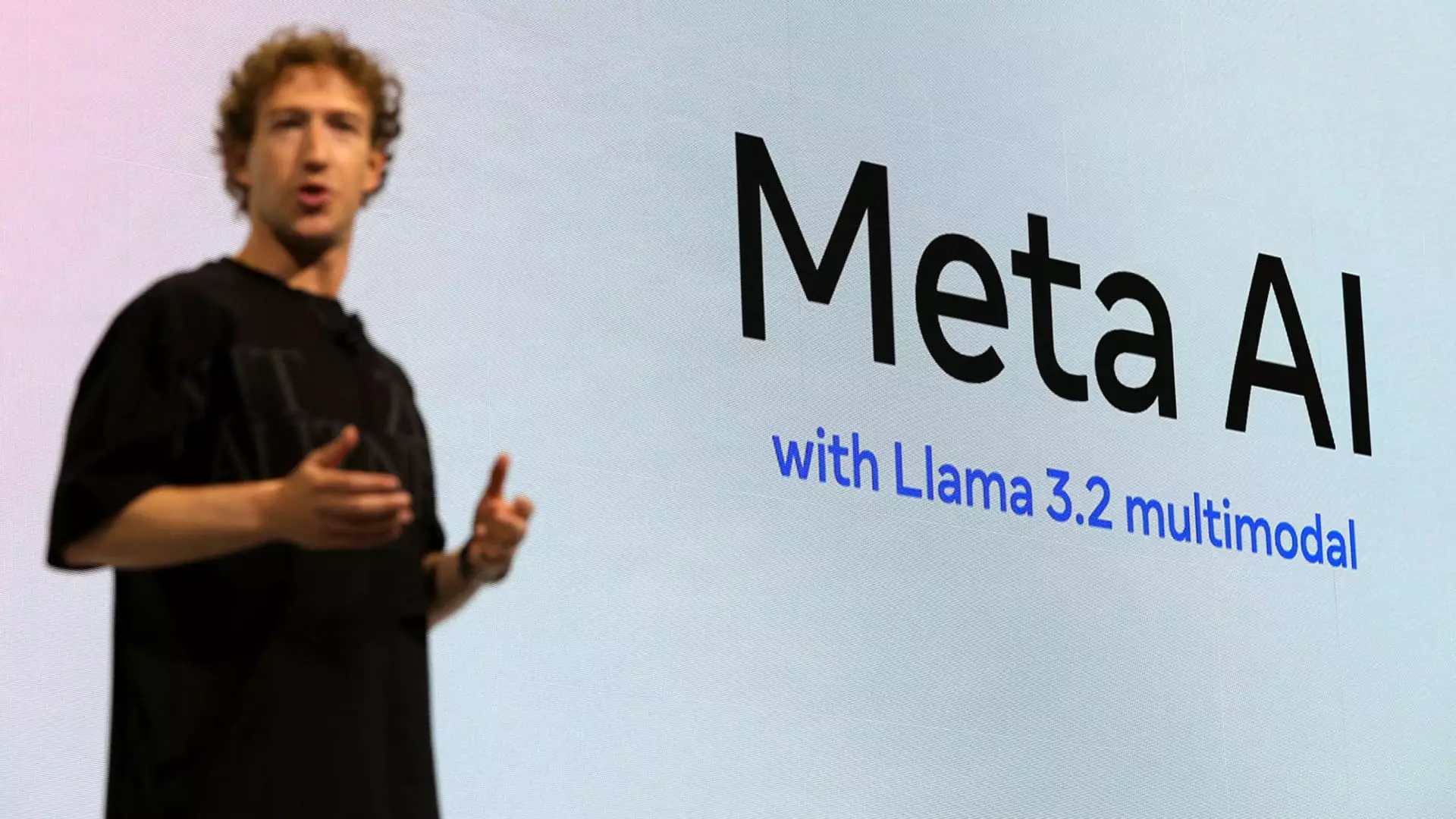In a landmark ruling, Meta emerged victorious against a cohort of thirteen prominent authors, including heavy-hitters like Sarah Silverman and Ta-Nehisi Coates, over copyright claims linked to their Llama artificial intelligence model. U.S. District Judge Vince Chhabria delivered a nuanced decision that underscored the complexities of copyright law in the age of AI. At the heart of this case was whether Meta’s training practices, particularly its use of copyrighted texts without soliciting permission from the authors, violated established legal norms. Ultimately, the judge ruled in favor of Meta, citing the fair use doctrine as a crucial foundation for the burgeoning field of AI.
The Fair Use Doctrine: A Double-Edged Sword
Fair use is a legal safeguard that permits limited use of copyrighted material without needing explicit consent from the rights holders. Judge Chhabria’s ruling pointed out that Meta’s appropriation of literary works for a transformative purpose aligned with the tenets of fair use. His judgement suggested that the evolution of AI technologies necessitates a flexible interpretation of copyright law—a perspective that many in the tech community laud, yet presents challenges for authors and artists seeking to protect their intellectual property.
Critically, while the ruling emphasized that “copying protected works without permission is generally illegal,” it simultaneously acknowledged that the plaintiffs failed to convincingly demonstrate market harm incurred by Meta’s tactics. This presents a striking dichotomy: for creators, the violation of copyright feels immediate and personal, but the legal framework struggles to capture the nuances of digital landscapes. The authors’ lawsuit aimed to confront a giant tech corporation yet grappled with the reality that demonstrating concrete harm in the rapidly shifting context of AI is a Herculean task.
The Underlying Concerns of Creators
Despite the ruling, it is essential to recognize the lineage of concern from the artistic community. Authors understandably fear that AI, particularly systems trained on their unconsented work, could both dilute their voice and commandeer fundamental aspects of their creative process. The ruling by Judge Chhabria makes clear that while Meta’s actions may not cause palpable market damage—at least as argued in this case—there is an underlying tension that cannot be dismissed. The technological landscape is quickly evolving, and the pathways through which creativity is disseminated and monetized are in a state of flux.
Additionally, the judge himself articulated a portion of this reality, indicating flaws within Meta’s defense. He expressed skepticism toward the company’s argument that preventing the unregulated use of copyrighted texts could hinder the advancement of AI technologies, labeling it as “nonsense.” This pushback suggests that the discourse around AI and copyright is multifaceted, involving not just the balance of technological innovation but also a meaningful dialogue about the rights of creators.
The Bigger Picture: Implications for AI Development
With Judge Chhabria explicitly stating that this ruling is limited to the specific group of authors involved, the potential for future lawsuits looms large. Authors who feel their rights are infringed upon may still find recourse in similar claims against Meta and other AI developers. Though a path remains for creators to advocate for their rights, it must also confront the realities of the digital age, where the boundaries of ownership and use are increasingly nebulous.
The rapid advancement of AI technologies invites ethical considerations alongside legal ones. As AI models showcase the capability to generate human-like content based on vast troves of data, the imperative for a cooperative dialogue between technologists and creators becomes clearer. There must be a reconciliation of the transformative power of AI with the respect and acknowledgment of individual creators’ rights.
Looking Ahead: The Future of Copyright and AI
This ruling punctuates a pivotal moment in the broader legal landscape governing AI. As more entities pursue the development of AI models, the potential for conflict over copyright will likely escalate. The outcomes of cases like this could shape how future regulations are devised, necessitating a more sophisticated understanding of both technological innovation and intellectual property rights.
Arguably, the discourse surrounding AI and copyright is not merely a legal debate but a cultural reckoning. How society chooses to navigate these rights and responsibilities can signal its values regarding creativity, ownership, and innovation. The auto-responses of both tech giants and the creative community will ultimately dictate the narrative that unfolds in this dynamic landscape—a narrative that will undoubtedly influence what the future of both literature and artificial intelligence looks like.

